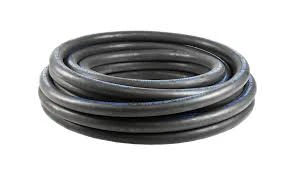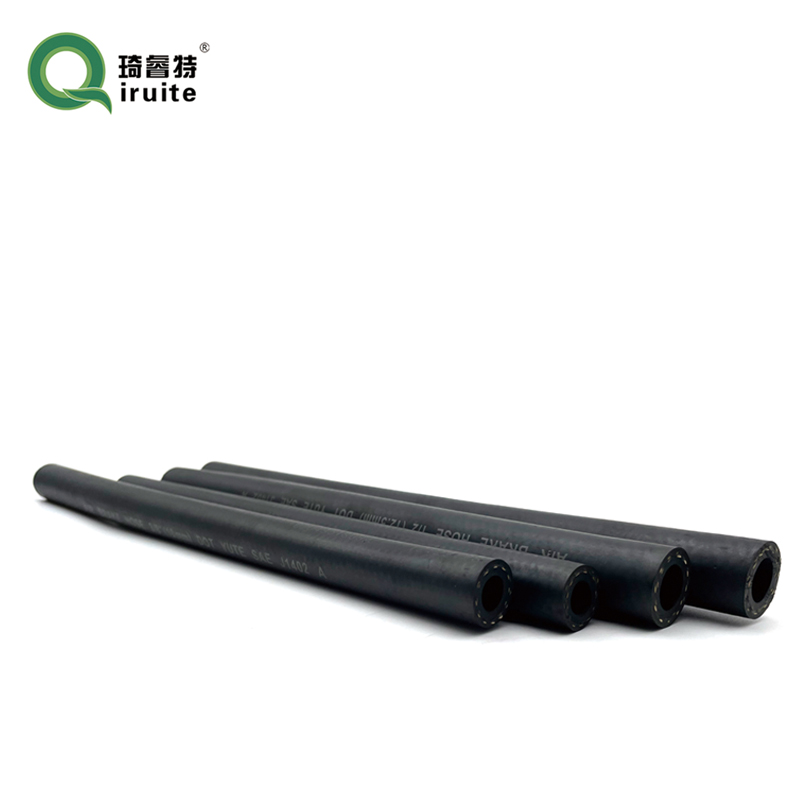កុម្ភៈ . 19, 2025 06:53
Back to list
high pressure water jet hose
Fixing a high-pressure power steering hose might seem daunting, but with the right tools, expertise, and a careful approach, it can be a rewarding task even for a budding DIY enthusiast. While the power steering system is crucial for seamless vehicle handling, over time, the hoses can wear out due to constant exposure to high pressure and temperature variations. Here's a comprehensive guide that outlines the process and provides insightful tips to effectively repair your power steering hose, ensuring your vehicle's steering system remains in top condition.
Selecting and Installing the Replacement Hose Always opt for high-quality hoses from a reputable manufacturer to ensure durability and performance. Compare the new hose with the old one to verify compatibility in terms of length and fittings. Begin installation by connecting the new hose to the steering rack, securing it with clips or brackets, then connect the other end to the power steering pump. Ensure all connections are tight and secure to prevent future leaks. Refilling and Bleeding the Power Steering System Before refilling the power steering system, double-check the connections to confirm there are no loose fittings. Gradually refill the power steering reservoir with the appropriate fluid type recommended by the vehicle manufacturer. Bleeding the system is crucial as it removes air pockets, ensuring smooth operation. To bleed, start the engine and slowly turn the steering wheel from lock to lock several times, checking the reservoir fluid levels and topping up as needed. Final Inspection and Testing With the new hose installed and system bled, inspect the repair area for any signs of leaks. Pay close attention to the connections and fitted areas. Take the vehicle for a test drive to ensure that the steering feels responsive and check for any unusual noises. Maintenance and Prevention Regularly inspecting the power steering system for signs of wear can preempt potential issues. Keep an eye on fluid levels and condition, replacing the fluid periodically to maintain system integrity. Preventative maintenance can extend the lifespan of the entire power steering assembly, ensuring reliable vehicle performance. By following these steps with precision, you ensure a thorough and effective repair of your high-pressure power steering hose. While the task requires attention to detail, the satisfaction of restoring your vehicle's functionality makes it worthwhile. Remember, if you're ever uncertain, consulting a professional mechanic is always a wise approach to prevent further complications.


Selecting and Installing the Replacement Hose Always opt for high-quality hoses from a reputable manufacturer to ensure durability and performance. Compare the new hose with the old one to verify compatibility in terms of length and fittings. Begin installation by connecting the new hose to the steering rack, securing it with clips or brackets, then connect the other end to the power steering pump. Ensure all connections are tight and secure to prevent future leaks. Refilling and Bleeding the Power Steering System Before refilling the power steering system, double-check the connections to confirm there are no loose fittings. Gradually refill the power steering reservoir with the appropriate fluid type recommended by the vehicle manufacturer. Bleeding the system is crucial as it removes air pockets, ensuring smooth operation. To bleed, start the engine and slowly turn the steering wheel from lock to lock several times, checking the reservoir fluid levels and topping up as needed. Final Inspection and Testing With the new hose installed and system bled, inspect the repair area for any signs of leaks. Pay close attention to the connections and fitted areas. Take the vehicle for a test drive to ensure that the steering feels responsive and check for any unusual noises. Maintenance and Prevention Regularly inspecting the power steering system for signs of wear can preempt potential issues. Keep an eye on fluid levels and condition, replacing the fluid periodically to maintain system integrity. Preventative maintenance can extend the lifespan of the entire power steering assembly, ensuring reliable vehicle performance. By following these steps with precision, you ensure a thorough and effective repair of your high-pressure power steering hose. While the task requires attention to detail, the satisfaction of restoring your vehicle's functionality makes it worthwhile. Remember, if you're ever uncertain, consulting a professional mechanic is always a wise approach to prevent further complications.
Latest news
-
Ultimate Spiral Protection for Hoses & CablesNewsJun.26,2025
-
The Ultimate Quick-Connect Solutions for Every NeedNewsJun.26,2025
-
SAE J1401 Brake Hose: Reliable Choice for Safe BrakingNewsJun.26,2025
-
Reliable J2064 A/C Hoses for Real-World Cooling NeedsNewsJun.26,2025
-
Heavy-Duty Sewer Jetting Hoses Built to LastNewsJun.26,2025
-
Fix Power Steering Tube Leaks Fast – Durable & Affordable SolutionNewsJun.26,2025

